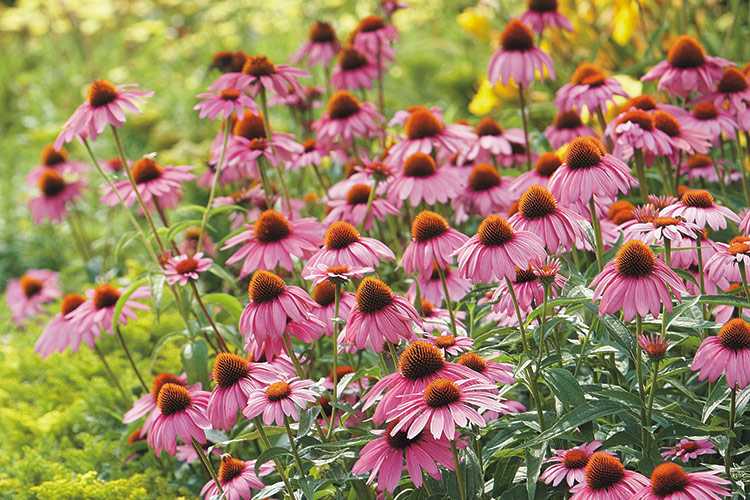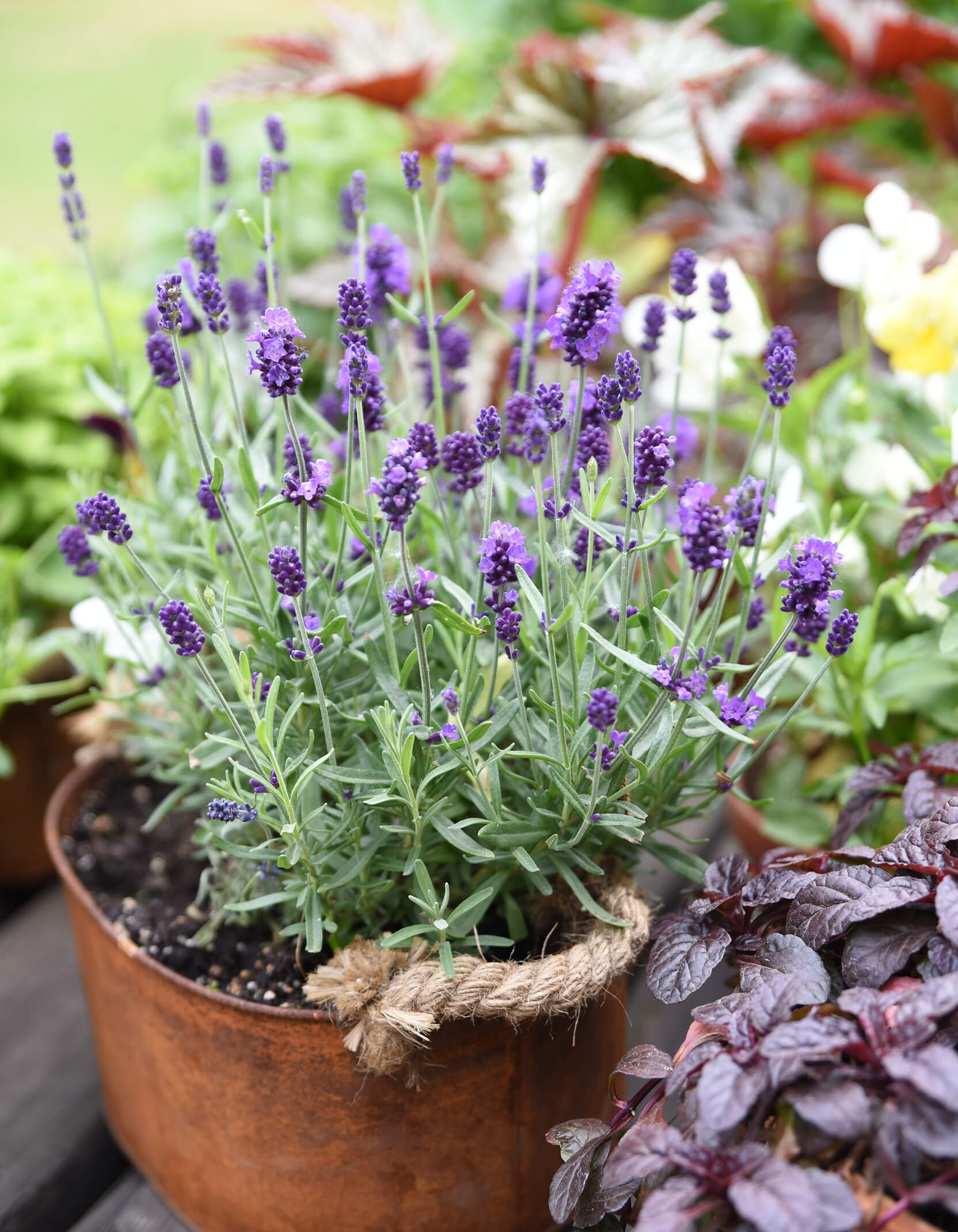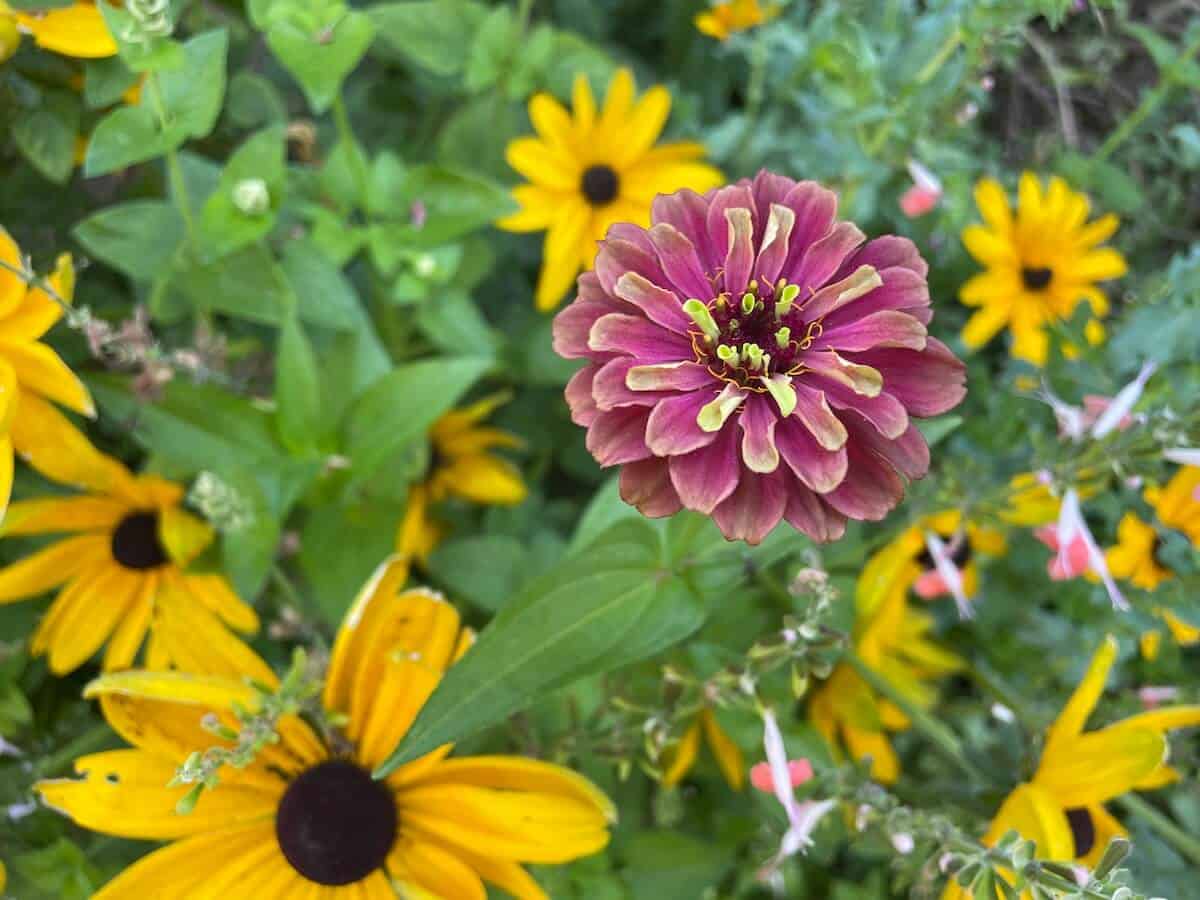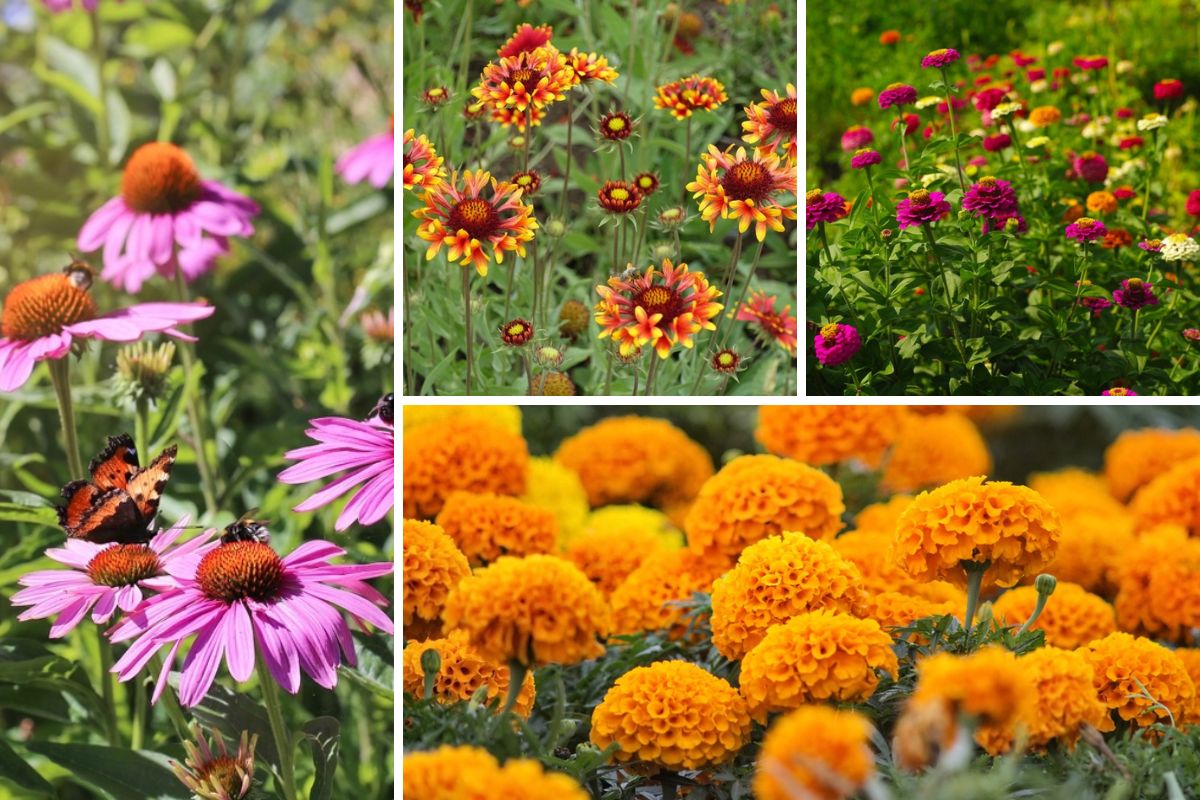Blackeyed Susan Companion Plants That Will Make Your Garden Pop
Black-Eyed Susan Companion Plants That Will Make Your Garden POP
Black-eyed Susans (Rudbeckia hirta) are a popular choice for backyard gardens because they are easy to grow and care for, and they produce bright, cheerful flowers for months on end. But did you know that choosing the right companion plants can help your black-eyed Susans thrive even more?
In this blog post, we will discuss some of the best companion plants for black-eyed Susans. We will also talk about why these plants make good companions, and how to plant them together in your garden.
Why Choose Companion Plants?
Companion planting is a gardening practice that involves planting certain plants together in order to benefit each other. Some companion plants attract beneficial insects, while others help to deter pests. Some companion plants also help to improve the soil quality, or they can provide shade or support for other plants.
When choosing companion plants for black-eyed Susans, it is important to consider the plants' needs in terms of sunlight, water, and soil type. Black-eyed Susans prefer full sun and well-drained soil. They are also relatively drought-tolerant.
Some of the Best Companion Plants for Black-Eyed Susans
- Yarrow: Yarrow is a hardy perennial that blooms in shades of white, yellow, and red. It is a good companion plant for black-eyed Susans because it attracts beneficial insects, such as ladybugs and lacewings, which help to control pests. Yarrow also helps to improve the drainage of soil, which is beneficial for black-eyed Susans.

- Coneflower: Coneflowers are another popular choice for companion plants for black-eyed Susans. They come in a variety of colors, including purple, pink, and yellow. Coneflowers attract beneficial insects and help to deter pests. They also help to improve the soil quality.

- Bee balm: Bee balm is a beautiful perennial that blooms in shades of pink, red, and purple. It is a magnet for bees and butterflies, which helps to pollinate black-eyed Susans. Bee balm also helps to repel deer and rabbits.
- Lavender: Lavender is a fragrant herb that blooms in shades of purple and blue. It is a good companion plant for black-eyed Susans because it helps to repel pests, such as mosquitoes and flies. Lavender also helps to improve the drainage of soil.

- Marigolds: Marigolds are annual flowers that come in a variety of colors, including yellow, orange, and red. They are a good companion plant for black-eyed Susans because they help to deter pests, such as nematodes and aphids. Marigolds also help to improve the soil quality.

How to Plant Black-Eyed Susans with Companion Plants
When planting black-eyed Susans with companion plants, it is important to space the plants properly. Black-eyed Susans need at least 18 inches of space between plants. Companion plants should also be spaced properly, according to their individual needs.
It is also important to consider the height of the plants when planting them together. Black-eyed Susans can grow up to 3 feet tall. Companion plants should be chosen that will not overshadow the black-eyed Susans.
Here are some tips for planting black-eyed Susans with companion plants:
- Choose companion plants that have similar needs in terms of sunlight, water, and soil type.
- Space the plants properly, according to their individual needs.
- Consider the height of the plants when planting them together.
- Plant the companion plants in the same hole as the black-eyed Susans, or plant them in the surrounding area.
- Water the plants regularly, especially during the first few weeks after planting.
Conclusion
By choosing the right companion plants, you can help your black-eyed Susans thrive and bloom beautifully for years to come. With a little planning, you can create a stunning garden that is both functional and attractive.
Black-eyed Susans are a cheerful and easy-to-grow perennial that can add a splash of color to any garden. But did you know that there are certain companion plants that can help your black-eyed Susans thrive?
Some of the best black-eyed Susan companion plants include:
- Yarrow: Yarrow is a hardy perennial that blooms in a variety of colors, including white, yellow, and red. It attracts pollinators and helps to repel pests. Garden Wiki
- Coneflower: Coneflowers are another hardy perennial that blooms in shades of purple, pink, and yellow. They attract pollinators and help to improve the soil. Garden Wiki
- Bee balm: Bee balm is a fragrant perennial that blooms in shades of pink, purple, and red. It attracts pollinators and helps to deter deer. Garden Wiki
- Lavender: Lavender is a drought-tolerant perennial that blooms in shades of purple and blue. It attracts pollinators and helps to repel moths. Garden Wiki
- Marigolds: Marigolds are a cheerful annual that blooms in shades of yellow, orange, and red. They attract pollinators and help to repel nematodes. Garden Wiki
If you're looking to add some beautiful and beneficial companion plants to your black-eyed Susan garden, be sure to check out Garden Wiki. They have a wide variety of companion plants to choose from, and their experts can help you find the perfect plants for your specific needs.
Image of black eyed susan companion plants
- Zinnia: Zinnias are a great companion plant for black-eyed Susans because they have similar growing conditions and bloom at the same time. They also attract butterflies and other pollinators.

- Coneflower: Coneflowers are another popular companion plant for black-eyed Susans. They have similar flower colors and bloom at the same time. They also help to attract pollinators and deter pests.

- Yarrow: Yarrow is a hardy perennial that is drought-tolerant and attracts pollinators. It can also help to repel pests.

- Bee balm: Bee balm is a native plant that attracts pollinators. It also has fragrant flowers that can add a touch of sweetness to your garden.

- Russian sage: Russian sage is a tall, airy plant that adds a touch of elegance to your garden. It blooms in late summer and fall, which helps to extend the bloom time of your black-eyed Susans.

Post a Comment for " Blackeyed Susan Companion Plants That Will Make Your Garden Pop"